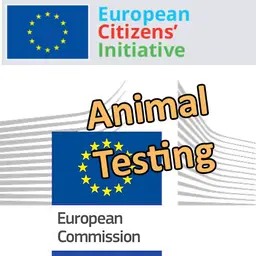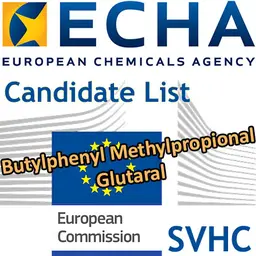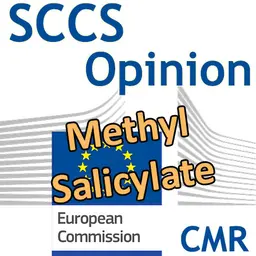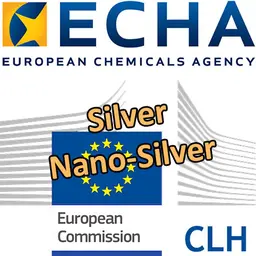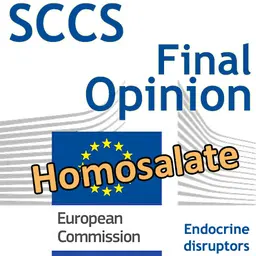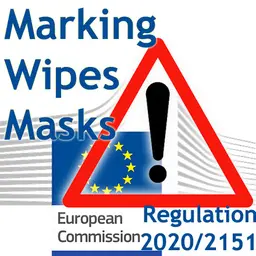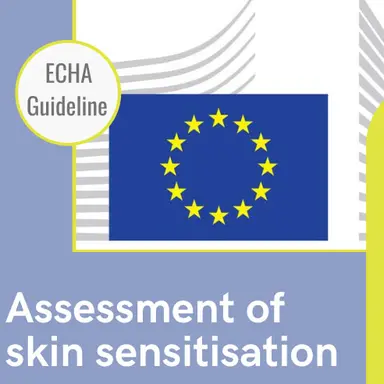
On October, 13th, 2021, ECHA has published advice to registrants on how to reliably combine different sources of alternative data when assessing skin sensitisation of chemicals. This reduces the need to test on animals, while protecting people from allergies. The advice is based on a recent OECD guideline.
Since 2017, REACH requires registrants to use in vitro methods (tests outside a living organism, usually involving isolated tissues, organs or cells) to provide data on skin sensitisation.
From information in ECHA’s Classification and Labelling Inventory, there are over 14,000 substances on the EU market with some indication of a skin sensitising concern. Allergic contact dermatitis is a common occupational and environmental health issue. Many skin sensitising chemicals are already restricted under REACH.
The OECD guideline informs REACH registrants on how to reliably combine different sources of non-animal data on skin sensitisation properties of their substances. It will help companies to reduce animal testing while ensuring that people are protected from allergies caused by chemicals.
ECHA has now published advice on how to use the guideline and advance the use of non-animal test methods. This is the first guideline outlining how to use in silico tools (using computer simulation) such as the QSAR Toolbox to assess skin sensitisation.
Mike Rasenberg, ECHA’s Director for Hazard Assessment says: “This is an important milestone for advancing the use of alternative methods to assess chemical hazards. With the new guideline, we make sure that this approach can be used to protect people against skin …

